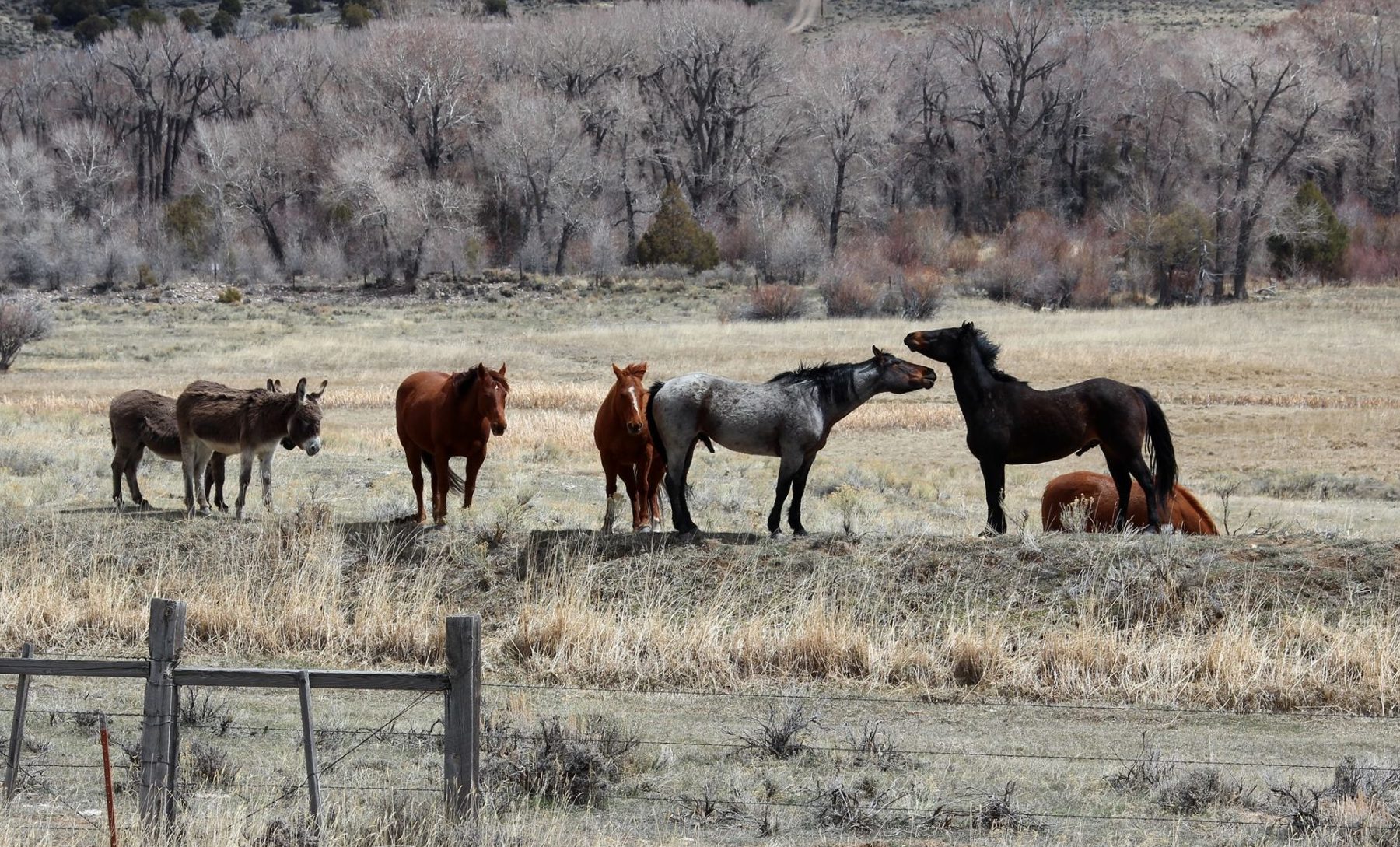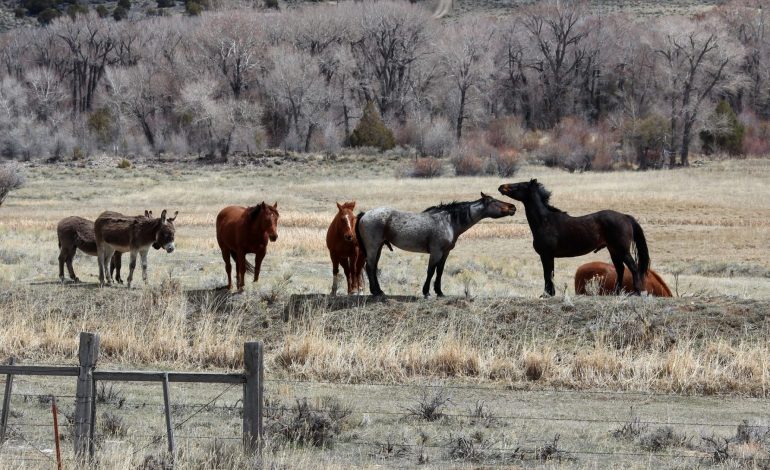Wyoming horse owners are being asked to tap the brakes on travel and tighten up biosecurity after a horse that visited multiple events in the state tested positive for a dangerous strain of equine herpesvirus, Bigfoot99 reports.
The Wyoming Livestock Board is urging residents to quarantine exposed horses and avoid unnecessary events as they monitor a potential spread of EHV-1 (equine herpesvirus type 1) linked to a multi-state outbreak.
So far, no EHV-1 cases have been confirmed in Wyoming horses, but officials say the risk is real.
Earlier this month, the Livestock Board confirmed that a horse from Colorado tested positive for EHV-1.
According to the board, that horse:
- Traveled in Wyoming between November 15 and 20;
- Attended events in Cheyenne, Wheatland, and Casper;
- Then went on to Waco, Texas.
Speaking with Bigfoot99, Wyoming State Veterinarian Dr. Hallie Hasel said the exact origin point of the virus is hard to pin down. However, she said the outbreak most likely began either at:
- The Women’s Professional Rodeo Association World Finals in Waco, Texas;
- A separate barrel race in Oklahoma.
EHV-1 was confirmed at both events, but most of the known cases trace back to the Texas finals.
Dr. Hasel explained that horses deal with multiple equine herpesviruses, but two are especially important here:
- EHV-4 – primarily a respiratory disease. It can cause fever, cough, and nasal discharge, but is generally less severe.
- EHV-1 – the real worry. It can cause:
Respiratory illness
Abortions in pregnant mares
And in some cases, a neurological form of the disease that can be fatal
To make matters worse, EHV viruses are sneaky. They can:
- Hide in nerve cells;
- Stay latent for a horse’s entire life;
- Reactivate under stress, illness, or transport.
That’s why hauling, shows, and long-distance travel can suddenly trigger outbreaks in otherwise healthy-looking horses.
EHV-1 is highly contagious, Dr. Hasel warned. It doesn’t just spread from nose-to-nose contact.
The virus can pass through:
- Direct contact between horses;
- Shared water buckets, feed tubs, and hay nets;
- Shared tack, grooming tools, and equipment;
- Human hands, clothing, and boots carrying virus from horse to horse.
In other words, one infected horse at a busy rodeo or barrel race can quickly expose dozens of others.
The incubation period for EHV-1 is usually 2 to 10 days after exposure. That means a horse can look fine for days before showing any signs of illness.
Dr. Hasel said symptoms may include:
- Fever (often the first and most important sign);
- Runny or snotty nose;
- Lethargy or just “off” behavior;
- Difficulty walking, weakness, or lack of coordination;
- In severe neurologic cases, trouble standing or inability to rise.
Because fever often comes before neurological signs, temperature checks are critical.
Her advice: If you think your horse might have been exposed to EHV-1, take its temperature twice a day for two weeks. If the temperature is above normal, quarantine the horse immediately and call your veterinarian.
According to the American Association of Equine Practitioners, about 10–20% of infected horses may develop the neurological form of EHV-1, called equine herpes myeloencephalopathy (EHM).
There is:
- No cure for EHM;
- Treatment focuses on:
Strict isolation;
Anti-inflammatory drugs;
Fluids and supportive care.
Vaccines can help reduce viral shedding and spread, especially for the respiratory form, but they do not completely prevent horses from developing the neurological version.
In Wyoming, vets are required to report any neurological disease to the Wyoming Livestock Board. Any horse that tests positive for EHV-1 must be quarantined for at least 21 days.
To slow the spread, Dr. Hasel is asking horse owners to rethink their travel plans.
Her message is blunt:
- Don’t haul to events unless it’s absolutely necessary.
- Definitely don’t haul a horse with a fever, even a mild one.
That precaution applies even if your horse isn’t showing obvious respiratory or neurologic signs. A seemingly healthy horse could still be incubating the virus or shedding it.
At the time of this report, the Wyoming Livestock Board says it has not confirmed any EHV-1 cases in horses inside the state.
Still, given that an infected Colorado horse moved through multiple Wyoming events before testing positive, officials are treating this as a high-risk situation.
If your horse has recently traveled to:
- Texas;
- Oklahoma.
the Livestock Board wants to hear from you.
They’re asking owners to contact them for specific advice on quarantine and monitoring:
Wyoming Livestock Board: 307-777-7515
You don’t need to panic, Dr. Hasel and the Livestock Board say — but you do need to take this seriously.
Practical steps right now:
- Pause optional travel and events;
- Check temperatures twice daily for exposed horses;
- Quarantine immediately if a fever or signs appear;
- Call your vet if you suspect EHV-1;
- Keep tack, buckets, and equipment separate between horses.
For most Wyoming owners, the goal is simple: act cautiously now so the state can avoid a full-blown outbreak later.
In other words: for the moment, staying in the barn might be the smartest ride you make all winter.










The latest news in your social feeds
Subscribe to our social media platforms to stay tuned